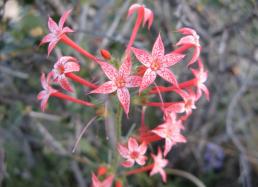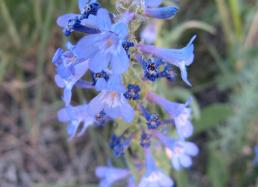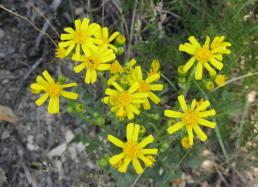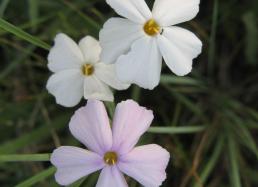2: Back in the Swing of Things
Wow, day one is done (well almost). We made great progress today, shoveling dirt, swinging picks and sledge hammers, sawing limestone, and planning what our field strategy will be for the next two weeks. No injuries, good spirits, and high hopes for a successful excavation season.
The first two days of every expedition to the quarry are the hardest, and there will be a lot of stiff muscles and assorted bruises tomorrow. One of the students was suffering with altitude sickness last night (we're at 7,500 ft above sea level), but she's fine today. Still, nothing unexpected, and I believe that this is one of the greatest groups we've ever had out here. The students are exceptional, the staff consists of seasoned veterans, and the volunteers and museum trustees joining us later will add further to the team. I'm feeling lucky.
We currently have 15 people, and the number will rise to a maximum of 30 by the fourth of July. Managing a group this size out here requires one to be a mixture of things, including teacher, entertainer, money manager, and traffic controller. It's not always easy to coordinate 20 to 30 people swinging picks and shovels, then set up a couple of dozen tents on a slope, and also make sure that students, first time campers, and visitors all have a rewarding experience. All this, and we want to bring back a good haul of fossils to the museum at the end, too. Again, I'm feeling lucky this year, so I'm not worried.
There's still snow on the next butte over, but it will be gone in the next few days. It seems strange to see snow in July, but it snowed a lot here last winter and it takes some time for it to melt in the mountain air. The melting snow and unusually wet spring have set off an explosion of desert wildflower blooms (see photos 1-4 below). The weather is ideal so far. The day was warm (80° to 90° F) and the night cool (40° F), and the weather is now dry, which is important to our tent village at the top of the butte.
As I write this, we're now sitting around the campfire pit on the top of the butte eating supper and watching the barn swallows flying up and down the valley below us. Good day for bird watchers here. Sandhill cranes nest in the valley below us, while eagles, hawks, and vultures fly overhead, and magpies. Swifts and barn swallows perch on the fence wire as mountain bluebirds nest in the cliff walls surrounding our dig site. The birds, flowers, herds of pronghorn antelope (see Photo #5 below), and small mammals around the campsite show this high mountain desert is brimming with life as we work to excavate species of an ancient community long extinct. It's great to be here, and I'm feeling lucky.
More later from the top of the butte,
Lance









